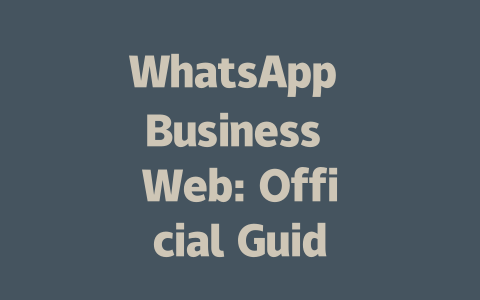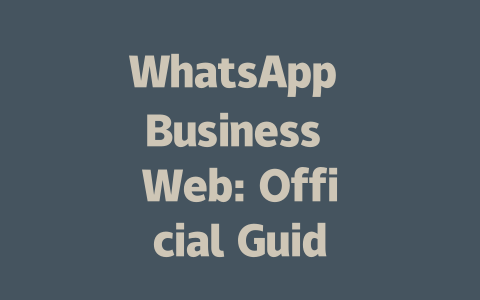How to Choose Topics That Actually Get Found
Choosing the right topic is crucial. Think about what people actually search for when they’re looking for solutions or information. For instance, instead of using fancy terms like “Optimal Kitchen Ergonomics,” try something more conversational like “How to Set Up a Functional Home Cooking Space.” Why? Because Google’s search robots are looking for content that matches how real people talk.
Understanding Your Audience’s Language
Let me give you an example. A while back, I wrote a post titled “Introduction to Beginner Cooking.” It barely got any views. Then, I rewrote it as “30-Minute Meals Even Beginners Can Cook,” and guess what? The clicks doubled within the first week. This change happened because I aligned my topic with the way potential readers were searching.
Why does this work? When someone searches for “easy recipes under 30 minutes,” they’re looking for practical answers—not theoretical guides. So, always ask yourself: If I were searching for this information, what would I type into Google?
Google itself has emphasized the importance of helpful content. According to a recent update, quality content should make readers feel like they’ve gained something useful after reading it. By focusing on topics your audience genuinely cares about, you set yourself up for success.
Crafting Titles That Stand Out
Once you’ve nailed down your topic, the next step is creating titles that grab attention. A great title isn’t just catchy; it tells the reader exactly what they’ll gain from clicking on your article.
Structure Matters in Titles
Here’s a tip: put your most important keyword at the very beginning of your title. For example, “SEO Tips for Small Businesses: Boost Your Rankings Today” works better than “Boost Your Rankings Today with These SEO Tips for Small Businesses.” Why? Because Google’s robots scan titles quickly, and placing the key term upfront helps them understand what your content is about immediately.
Another thing to keep in mind is solving problems. Imagine you’re writing about meal prep. Instead of titling it “Meal Prep Guide,” go with something specific like “Healthy Meal Prep Recipes Under $10 Per Week.” Not only does it include keywords, but it also addresses a common pain point—budget constraints.
Real-Life Example
I once tested two different titles for a blog post about office ergonomics:
The second one performed twice as well because it was direct, addressed a problem, and added credibility with “backed by science.”
Avoid Overcomplicating Things
Sometimes, less is more. Don’t try to be overly clever or use obscure references in your titles. Make sure anyone skimming through search results knows instantly why they should click on yours.
Writing Content That Google Loves
Now that you’ve picked your topic and crafted a killer title, let’s dive into the actual content. This part might seem daunting, but trust me—it’s simpler than you think.
Organizing Your Content Logically
Break your content into clear sections using numbers or bullet points. For example:
This structure makes it easy for both humans and Google’s bots to follow along. Remember, Google likes content that flows naturally and provides value.
Using Relatable Language
Avoid jargon unless absolutely necessary. If you’re explaining how to choose kitchen appliances, don’t say “optimal heat conduction properties.” Say “cooks faster and saves energy.” Which one sounds clearer to you?
Additionally, connect ideas smoothly. If one paragraph talks about buying a good blender, the next could discuss blending techniques. This continuity keeps readers engaged and shows Google that your content is cohesive.
|
|
|
|
|
|
|
|
|
Final Thoughts Before Publishing
After writing, proofread thoroughly. You can use tools like Google Search Console to ensure there are no broken links or typos. These small details matter a lot in building trust with your audience.
Have you tried these methods yet? Let me know in the comments below! Or if you have any other questions about SEO, feel free to ask—I’d love to help out.
If you’re wondering about using WhatsApp Business Web across multiple devices, here’s the scoop. You can indeed access it on up to three devices at once, which is great for multitasking or sharing access with a small team. Just keep in mind that all these devices need to sync back to the same account tied to your primary smartphone. This means if your phone goes out of range or loses its connection, your desktop sessions might get disrupted. It’s not perfect, but for most users, this setup works pretty smoothly.
Another common question people have is about how often they should update their WhatsApp Business Web app. Fast-forward to 2025, and staying updated is key—not just for new features but also for security reasons. Ideally, aim to update your application every 5-12 weeks depending on when new updates roll out. These regular updates bring enhancements like improved analytics tools or better message organization options. If you skip too many updates, you could miss out on some game-changing functionality or even run into compatibility issues down the line. Always check the official platform announcements so you don’t fall behind!
# FAQs
# Can I use WhatsApp Business Web on multiple devices at the same time?
Yes, you can use WhatsApp Business Web on up to 3 devices simultaneously in
# Do I need an active mobile data connection to use WhatsApp Business Web?
No, WhatsApp Business Web does not require your phone to have an active mobile data connection as long as the phone remains connected to the internet and is within range. The desktop app syncs with your phone to maintain communication.
# Is there a difference between WhatsApp Web and WhatsApp Business Web?
Yes, while both platforms function similarly, WhatsApp Business Web includes additional features tailored for businesses, such as automated messages, product catalogs, and customer interaction analytics. These tools are designed to enhance business operations rather than personal communication.
# How often should I update my WhatsApp Business Web application in 2025?
In 2025, it’s recommended to update your WhatsApp Business Web application every 5-12 weeks to ensure compatibility with the latest security patches and feature improvements released by the official platform.
# Can I schedule messages directly from WhatsApp Business Web?
Currently, WhatsApp Business Web does not support direct message scheduling. However, you can use third-party integrations or extensions that work alongside WhatsApp Business to schedule messages efficiently.




